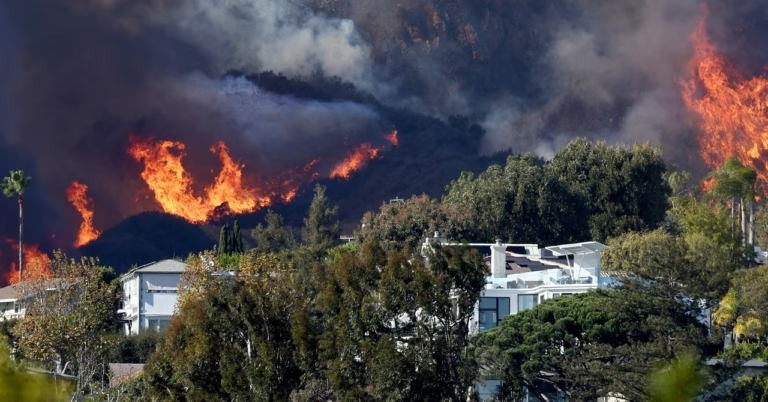This article Republished from conversation under Creative Commons License.
In early January 2025, dry conditions across Southern California sparked a series of deadly wind-driven wildfires that burned thousands of homes and other structures in the Los Angeles area.
Ming Pan, a hydrologist at the Western Weather and Water Extremes Center at the University of California, San Diego, tracks the state’s water supply. He used charts and maps to put Southern California’s dry conditions into perspective.
How dry is Southern California right now?
In early January, soil moisture across much of Southern California was in the bottom 2 percent of historical records for the region. That’s very low.
California hydrologists keep a close eye on the skies starting in October, when California’s water year begins.
The state receives little rain from May to September, so late fall and winter are critical for building snowpack to fill reservoirs and provide water. California relies on the Sierra Nevada snowpack for about one-third of its freshwater supply.
However, in Southern California, the 2024-2025 water year began with fairly dry conditions. The region received some rain from atmospheric rivers in November, but not much. Most of the atmospheric rivers that flowed into the West Coast from October to January then turned north, flowing into Washington, Oregon, and Northern California.
When the air is warm and dry, it also draws water from plants and soil through transpiration and evaporation. That leaves dry vegetation that can fly off and provide fuel for wildfires, as happened in the Los Angeles area in early January.
(Tag to translate) Conversation

